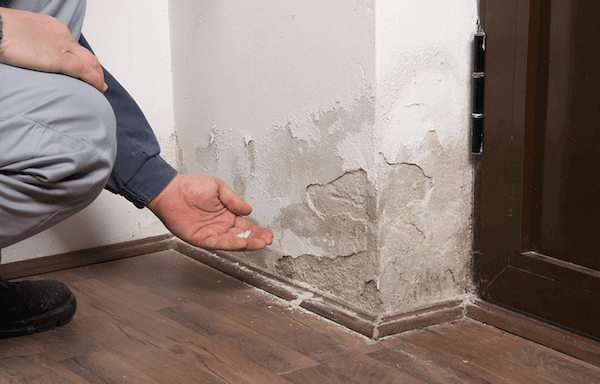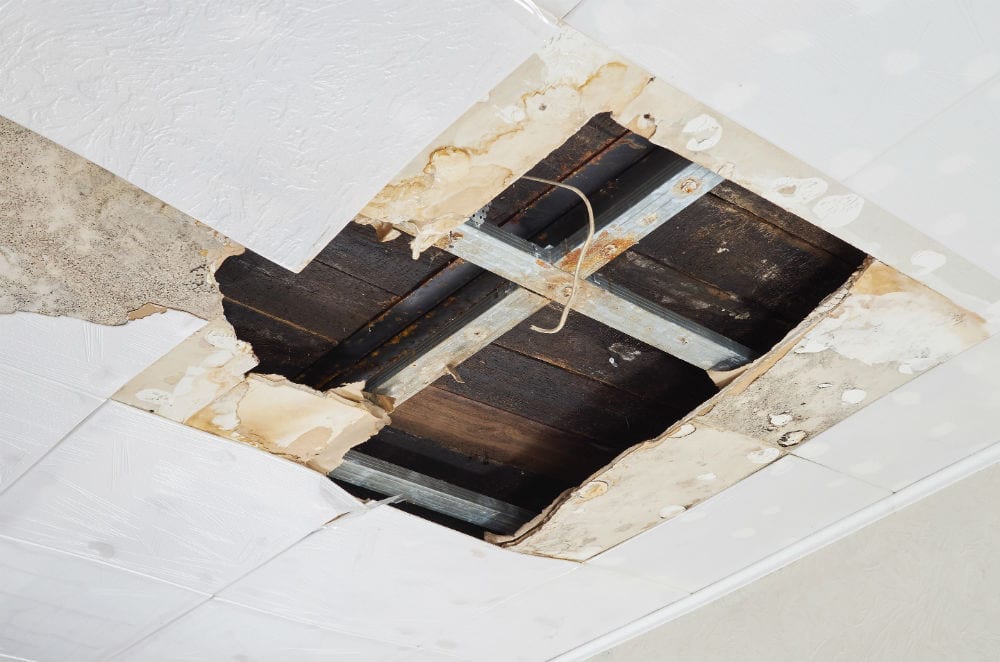Are you hunting for content on Fire And Water Damage Prevention?

Water provides life, yet water intrusion on some parts where it's not expected to be can lead to damage as well as aggravation. It can peel off away the surface area as well as wear down the material's foundation if the water permeates into your structure. Mold and mildew as well as mildew additionally flourish in a damp setting, which can be hazardous for your and your family's wellness. Furthermore, houses with water damages odor old and stuffy.
Water can come from numerous resources like hurricanes, floodings, ruptured pipes, leakages, as well as drain issues. If you have water damage, it's much better to have a working expertise of safety and security precautions. Below are a few standards on just how to deal with water damages.
Do Prioritize Home Insurance Coverage Insurance Coverage
Seasonal water damage can come from floods, seasonal rainfalls, and wind. There is likewise an incident of an abrupt flooding, whether it came from a faulty pipe that suddenly ruptures into your residence. To secure your residence, get home insurance coverage that covers both disasters such as natural disasters, and emergency situations like broken plumbing.
Don't Fail To Remember to Shut Off Energies
When catastrophe strikes and you're in a flood-prone area, turn off the main electrical circuit. Shutting off the power prevents
electric shocks when water can be found in as water acts as a conductor. Do not forget to turn off the major water line shutoff as a way to prevent more damage.
Keep your furniture stable as they can relocate around and also create extra damages if the floodwaters are getting high.
Do Keep Proactive and Heed Weather Signals
If you live in an area plagued by floodings, remain positive and also prepared at all times. Listen to the information and evacuation cautions if you live near a body of water like a lake, creek, or river .
Don't Disregard the Roof
Your roofing professional needs to take treatment of the faulty gutters or any kind of various other indications of damages or weakening. An inspection will prevent water from moving down your walls and saturating your ceiling.
Do Focus On Small Leaks
There are red flags that can attract your focus and also suggest to you some damaged pipelines in your house. Indications of red flags in your pipelines consist of bubbling paint, peeling wallpaper, water touches, water stains, or dripping sounds behind the walls. Repair service and also examine your plumbing fixed before it results in huge damage to your house, funds, and a personal nightmare.
Don't Panic in Case of a Ruptured Pipeline
Keeping your clearheadedness is important in a time of dilemma. Worrying will just compound the issue because it will certainly suppress you from acting quick. Panic will certainly also give you extra stress. Timing is vital when it pertains to water damages. The longer you wait, the even more damages you can expect and the worst the results can be. Right away closed off your main water shutoff to reduce off the source as well as protect against more damages if a pipe bursts in your house. Disconnect all electric outlets in the area or shut off the circuit breaker for that part of your home. Ultimately, call a respectable water damages repair specialist for support.
Water provides life, but water invasion on some components where it's not meant to be can result in damages and also trouble. In enhancement, homes with water damages scent mildewy as well as old.
Seasonal water damage can come from floodings, seasonal rains, and also wind. Signs of red flags in your pipelines include bubbling paint, peeling off wallpaper, water touches, water spots, or dripping noises behind the walls. If a pipe bursts in your home, promptly shut off your primary water valve to cut off the source and also avoid more damage.
Water Damage Do's and Don'ts
Do's
Always use rubber gloves to protect your hands & rubber boots to protect your feet and legs. Damage from water and bacteria growth can begin within hours. Call for professional help. Remove as much water as possible by mopping and blotting with sponges. Pull up wet rugs and carpets if hardwood floors are below. Lift draperies off the floor, loop through a coat hanger and place the hanger on the drapery rod. Wipe furniture, prop up wet furniture cushions for even drying and place aluminum foil under furniture legs. Move photos, paintings, art objects, computers, other electronics and valuables to a safe, dry location. Do not remove books from shelves. Pack them tightly to prevent page warping until a restoration professional can begin this specialized drying. Ventilate wet areas. Turn on air conditioning for faster drying in summer (only if there is no visible mold) and winter, alternate cycles of opened windows and heating. Also, open drawers, closets and cabinet doors to enhance drying. Don'ts
Do not enter rooms where there is wet and sagging ceiling! Do not enter a room with standing water until electricity has been turned off. Do not use a regular household vacuum to remove water. Use heat to dry closed building interiors. Mildew and more moisture damage can occur. Do not use electrical appliances while on wet carpet or flooring. Do not disturb visible mold. https://www.myknowledgebroker.com/blog/personal-insurance/water-damage-dos-and-donts/

We hope you enjoyed reading our section about Reducing Your Risk Of Water And Fire Damage At Home. Thanks a ton for taking a few minutes to browse our posting. Liked our entry? Please share it. Let someone else locate it. Thanks for taking the time to read it.